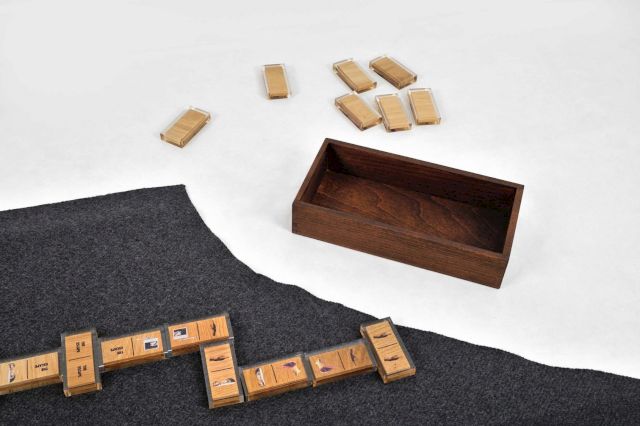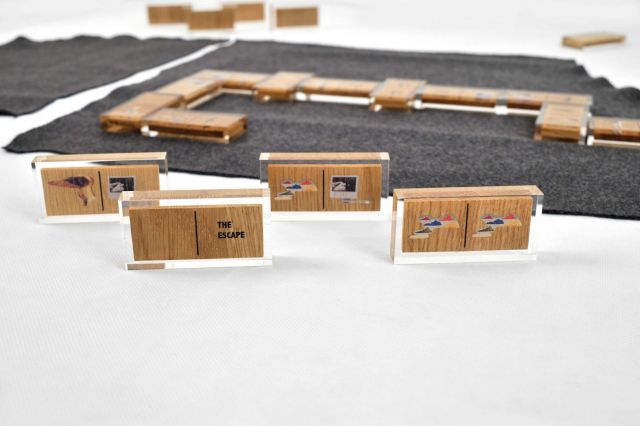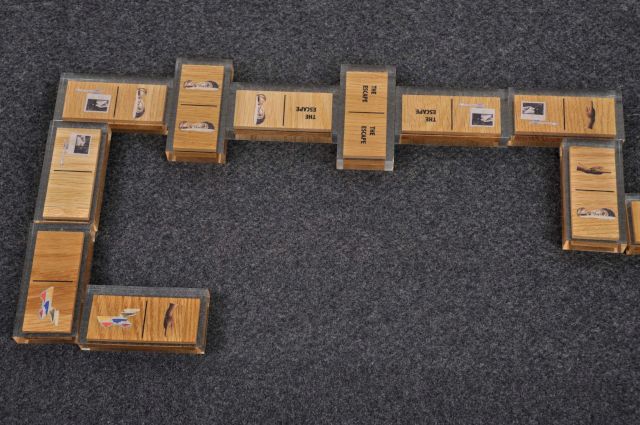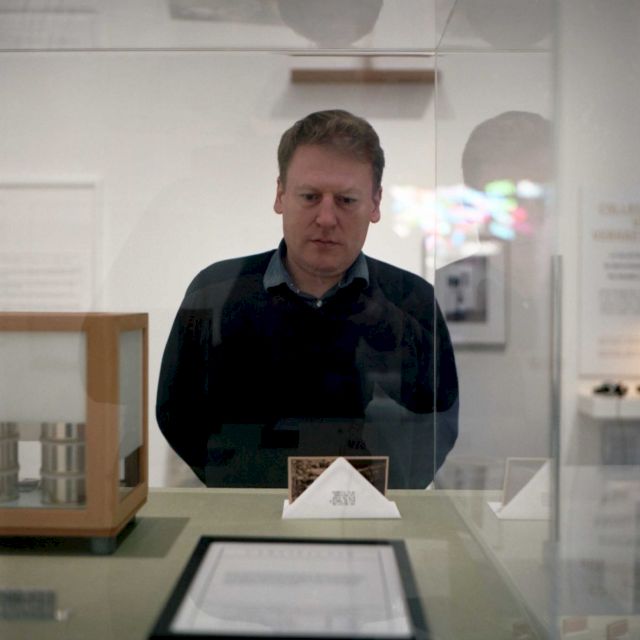Independent Collectors
Christophe Veys
An interview with the collector who owns the “invisible collection”.

Brussels-based collector, Christophe Veys does not have your average approach to collecting contemporary art.
The collector, curator and professor of history of contemporary art, Veys started to build his collection in his early twenties from money that he had saved whilst studying as a student. Fast-forward to today and Veys’ has now amassed a collection of over 350 pieces of conceptual art, with the majority tucked away in storage on the outskirts of Brussels.
In collaboration with Art Brussels, we caught up with Veys to ask why he collects to then put in storage, why the works are never far from his mind, and what it was like curate his collection of the exhibition “Private Choices” in Brussels.
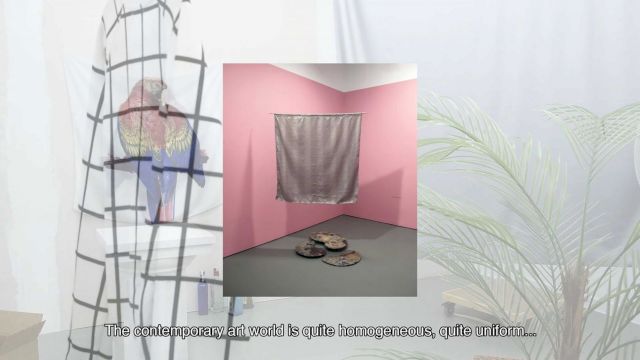
IC
You first started collecting when you were in your early twenties, do you remember what made you make the first purchase? Do you still own the piece?
CHRISTOPHE VEYS
When I got to university (where I was embarking on studies in Art History) my father offered me a trip to Canada. I stayed mainly in Montreal with a day’s jaunt to Ottawa where I visited the National Gallery of Canada and saw an exhibition that greatly impressed me. When I returned to Brussels a few weeks later I visited Art Brussels and at the stand of Lisbon’s Modulo Gallery were exhibited works by Mario Cravo Neto, a Brazilian photographer who was part of the exhibition in Ottawa. At that time, Modulo supported well-known artists such as Sylvie Fleury. I plucked up the courage to ask the gallery owner how much one of those photographs cost and as it so happened the amount requested tallied with what I had on my savings passbook. When I got back to the fair the gallery owner told me that the photograph I wanted had been purchased but that he would only have to send it to me by post once he had got back to Lisbon. Being a mere twenty years old, the idea of handing over all my savings to a man I didn’t know and waiting for a parcel to arrive seemed quite impossible. The gallery owner then suggested that I should choose another work by the same artist, which I did. But once I’d arrived back home I realised that I would always live with the absence of the other imagee and in addition the work was not framed. Some time later, once I’d set a little money aside, I told myself I would prefer to buy another work rather than framing the photograph. Today I have it still, but it hasn’t been framed yet. I must have looked at it two or three times in my life. It is the first work in a collection that now includes over 350. Parting with it would be like erasing a moment in my life. It is the first one, an essential milestone. It is the work of a foreign artist and it was not conceived with the sole aim of adorning walls. From the outset, this became the two major elements in my collection.
IC
You have quite a unique relationship with your collection in the sense that you do not live with the majority of the artworks you buy, an “invisible collection” as such. Why do you choose to do this? Is it not a shame to keep works in storage?
CHRISTOPHE VEYS
I do indeed have an odd relationship with works. I don’t need to live with them directly; I hardly have any works at home. The figure of Herman Daled (the great Belgian collector of conceptual art) probably has a lot to do with it. A collection is essentially a mental object for me. I carry my collection with me (in my memory and in my heart), and of course the fact that I lived for sixteen years with someone who found the collection difficult to live with has also played a significant role. The collection was in his eyes the central project in my life. That is also why the collection bears both our names, even though I’ve always constructed it alone. It still bears that double name in spite of our separation three years ago.
This collection is the memory of a life: it isn’t necessary to erase the things we have gone through.
IC
Even though the majority collection is some twenty kilometres away in storage outside of Brussels, do you feel that it is part of your everyday life? How do the artists feel that the works are bought and then stored away?
CHRISTOPHE VEYS
Cutting oneself off from a direct relationship with the works isn’t entirely voluntary; they could have been closer, of course. The collection is always present in my mind and like all genuine collections, untainted by any mercantile connection, it is a self-portrait. I carry it and it reveals the person I am.
I like rather undemonstrative pieces. Some pieces talk about the flaws in my life, other pieces evoke my dreamy nature. Some notions keep recurring: secrecy, fragility, humour and of course the question of collecting, or assembling, that of art history. I have never asked myself how artists experience the fact that their works are in storage and not on walls, but I hope that they are happy that their works are in the company of other artists with which they can enter into a dialogue, both potentially and in my mind.
The collection is always present in my mind and like all genuine collections, untainted by any mercantile connection.
CHRISTOPHE VEYS
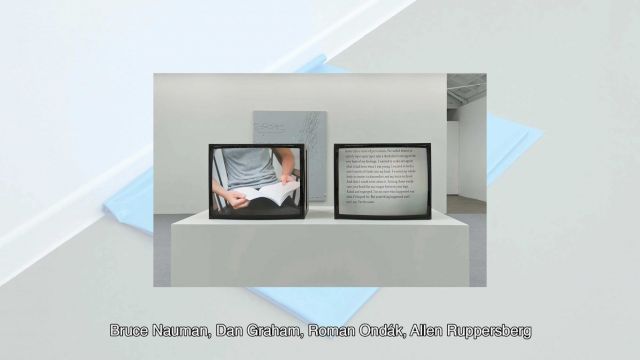

IC
The collection itself is very conceptual, and consists of many objects, collected sentences, drawings and sketches. What is it about conceptual work in particular that captures your interest?
CHRISTOPHE VEYS
Outside of the visual arts I have a passion for literature and for the cinema. Conceptual art is the form of visual art that best connects with my two other passions. It may seem strange to most people that I should have “a crush” on a work that only has the form of a sentence, but it is a fact that language often makes me keel over. This is rather peculiar as in addition I have the somewhat aggravating feature of being dyslexic.
IC
What would you say is the spirit of the Veys-Verhaevert Collection?
CHRISTOPHE VEYS
The common thread of the collection is what I could call the “poetry of next to nothing”. Most of the works are linked to a poetic vision of the everyday. The collection is also unspectacular – I avoid direct works, those that are without depth. I like it when a piece has many strata of meaning. It is the collection of a sensitive person, even though it may seem dry and distant. It is conceptual but this is a conceptuality that is clearly mixed with feelings.
It is the collection of a sensitive person, even though it may seem dry and distant.
CHRISTOPHE VEYS



IC
You are part of the “Private Choices” exhibition that exhibits works from eleven Brussel-based private collections. Can you tell us about this process and how it came to be?
CHRISTOPHE VEYS
In 2015 the Centrale organised an exhibition round the fourteen laureates of the Marcel Duchamp prize (organised by the ADIAF, an association of French collectors). A study day had been arranged with the desire to cross the testimonies of French and Belgian collectors, and as a consequence of this experience, the desire was born to launch an exhibition around Brussels collectors. Curator Carine Fol went on a quest for varied profiles of collectors: men and women, famous or otherwise, couples and solos. She selected eleven collections with the desire to paint their portrait, with each of us having a specific space. Each of us was able to decide wether the curator chose from the collection alone, to choose with her or to make the selection on our own. I opted for the last solution. I wanted my selection to be quite representative of what the collection is, fundamentally. It is that of a keen person of limited means who is constructing a coherent project. Stefan Zweig’s short story “The Invisible Collection” was my lodestar. Like the protagonist I live without any visual contact with my collection, but like him, I keep it constantly with me in my thoughts
At “Private Choices” I am presenting until the end of May 2018 twenty-nine works by seventeen artists. Indeed it also mattered to me to show the long-term relationship that can exist between a collector and an artist.
IC
You’ve previously said that your collection carries a “well-concealed meaning” and that it is best seen when accompanied – how does this work when the collection is presented in an exhibition setting such as “Private Choices”.
CHRISTOPHE VEYS
In the exhibition I have left a four-page letter that I wrote for the visitor. But I also try to be present as often as possible to comment on the pieces. In fact, my collection is only fully alive when it is exhibited. It is at these times that I become the exhibition’s most faithful visitor and I gladly turn into a keen guide.
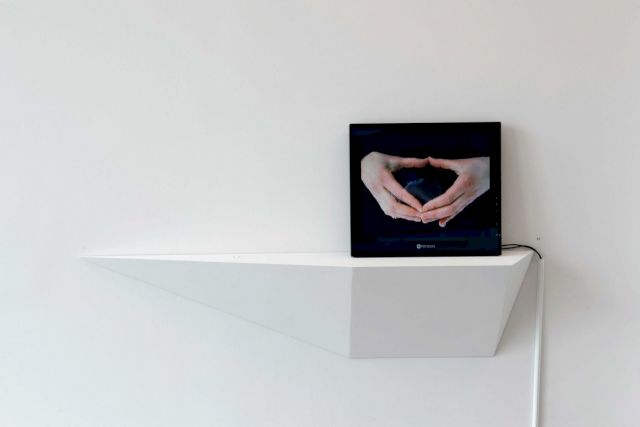
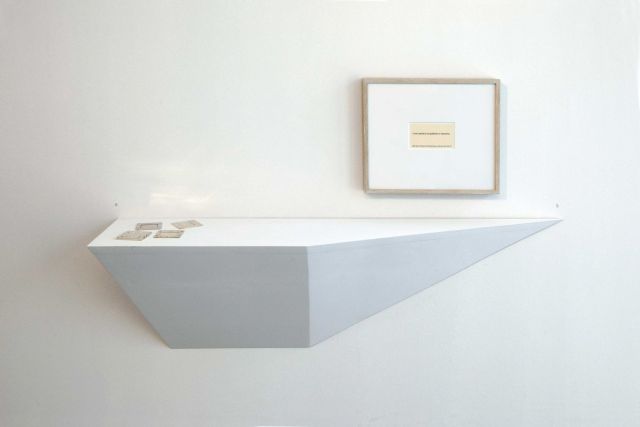
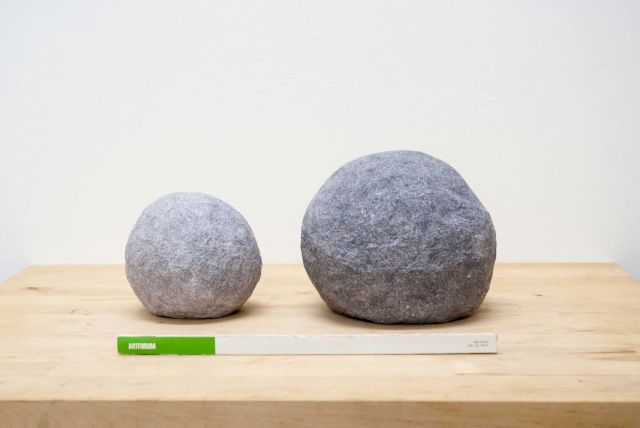
IC
Many of the artists in your collection were added when they were at the very beginning of their careers and you have since followed their art journey throughout the years – why is it important for you to start collecting work when the artist is emerging and then continue to follow their career?
CHRISTOPHE VEYS
In fact I like to feel useful and I have often been an artist’s first collector. It is very important for artists at the start of their careers to receive some encouragement. It is a testing profession. That a collector should be sufficiently interested in a work to acquire it, may be an important element for the self-confidence of the artist.
In addition, as a teacher my budget for purchases isn’t that of a captain of industry. Therefore I have to act quickly, to be quick on the uptake. I like the idea of getting together a number of works by the same artist and when I feel passionate about the work, I try to pursue the relationship until the point where it becomes financially impossible. Editions can then sometimes be added as I entertain no fetishism of the unique work. If the piece makes sense and takes place intelligently within the artist’s production, I acquire it. We are fortunate to have publishers of great quality who carry out a superb work democratising a highly specialised art, whether it’s More Publisher or a structure such as Artlead in Belgium, or the Galerie du multiple in Paris.
IC
In addition to being an avid art collector, you are also a teacher in an art school. Do you feel that there is a responsibility as a patron of the arts and as a collector to educate and raise awareness surrounding contemporary art?
CHRISTOPHE VEYS
Yes, absolutely! On the one hand, some of the works in the collection are twenty-odd works by artists who are former students of mine, and on the other hand, for me a collector is an ambassador of the work of artists. Of course I am a self-effacing ambassador, but I’m quite willing to talk about the collection. I systematically accept to lend my works; for instance I lent a work by David Bestué to the Reina Sofia in Madrid for six months, and of course when the collection is shown in an exhibition it seems crucial to me to provide as intimate a mediation as possible.
